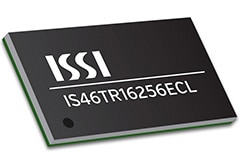 DRAMs with On-Chip Error Correcting Code (ECC)
תאריך פרסום: 2025-03-10
DRAMs with On-Chip Error Correcting Code (ECC)
תאריך פרסום: 2025-03-10
ISSI DRAMs with on-chip error correcting code (ECC) simplify system designs, save power, and reduce the memory footprint on boards.
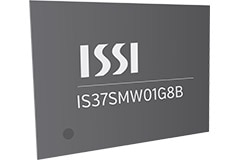
ISSI Serial NAND Flash devices offer high-density SPI-compatible solutions with x1, x2, and x4 support, ideal for industrial and automotive applications.
ISSI's brochure for their low pin count RAM solutions.
 פתרונות RAM טורי ו-Quad RAM
תאריך פרסום: 2024-04-04
פתרונות RAM טורי ו-Quad RAM
תאריך פרסום: 2024-04-04
ה-RAM הטורי ו-Quad RAM של ISSI מציעים פתרונות זיכרון RAM עם מספר פינים נמוך שהם אידיאליים עבור יישומים רפואיים ולבישים.
ISSI's brochure for their serial and quad RAM products.
Today, ISSI offers 3.3V SDRAM, DDR, DDR2, DDR3, as well as Low Power SDRAM, LPDDR and LPDDR2 DRAM.
ISSI's automotive memory solutions.
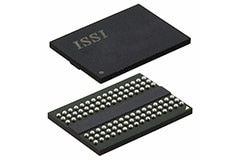 Legacy DRAM Featuring DDR3
תאריך פרסום: 2023-10-12
Legacy DRAM Featuring DDR3
תאריך פרסום: 2023-10-12
ISSI’s DDR3 DRAM options are available in densities from 1 Gb to 16 Gb with long-term support.
ISSI eMMC NAND Flash Memory offers unparalleled performance and endurance, including an enhanced mode that allows configuration as a pseudo-SLC.
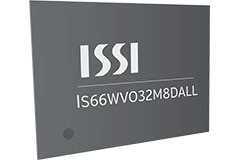 פתרונות Octal Memory
תאריך פרסום: 2023-04-13
פתרונות Octal Memory
תאריך פרסום: 2023-04-13
התקני Flash ו-RAM תואמי xSPI אפיק אוקטלי של ISSI מיועדים עבור יישומי הפעלה מיידית ביצועי-עיליים.
 זיכרון eMMC NAND Flash
תאריך פרסום: 2023-03-15
זיכרון eMMC NAND Flash
תאריך פרסום: 2023-03-15
התקני זיכרון eMMC NAND Flash של ISSI תומכים במצב משופר (enhanced mode) בו ניתן להגדיר את ההתקן כפסאודו-SLC (pSLC) עבור ביצועי קריאה/כתיבה טובים יותר.
ISSI introduces its new Family of IS25LP and IS25WP/WJ series of flash devices. The family builds upon the success of ISSI’s IS25LQ and IS25WQ family by introducing leading edge features such as double data rate* interface modes, SFDP support, and the popular 2 cycle instruction input.
The ISSI LPDDR4 and LPDDR4X are low-voltage memory devices available in 2, 4, and 8 gigabit densities. The devices are organized as one or two channels per device where each channel is eight banks and 16-bits.
מתכננים יכולים ליישם במהירות ניטור תפוסה תוך שימוש בערכת Drop-In מבוססת על אלגוריתם קנייני הרץ על מעבד אותות דיגיטלי הספק-נמוך.
מעבד ייעודי וספריית תוכנה מציעים חלופה פשוטה ובטוחה יותר עבור אימות מבוסס פנים.
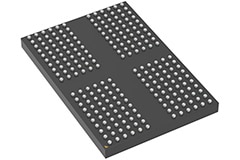 SDRAM נייד LPDDR4/4X
תאריך פרסום: 2020-08-14
SDRAM נייד LPDDR4/4X
תאריך פרסום: 2020-08-14
ה-SDRAM הנייד LPDDR4/4X של ISSI משתמשים בארכיטקטורה של קצב נתונים כפול כדי להשיג עבודה במהירות גבוהה וזמינים בצפיפויות של 2 GB, 4 GB ו-8 GB.
Use RISC-V to customize the instruction set and hardware for the optimum energy profile for an embedded system.
Understand the fundamentals of embedded memory—EEPROM vs FRAM vs eMMC vs SD Cards—to know which ones to use, where, and how.








